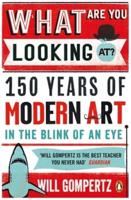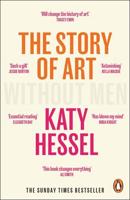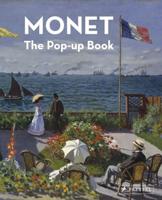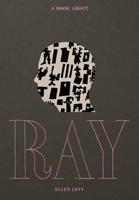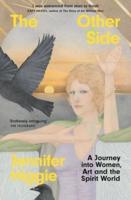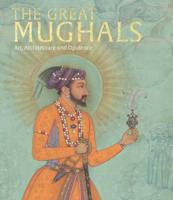Publisher's Synopsis
Catlin and His Contemporaries examines how the preeminent painter of western Indians before the Civil War went about the business of making a living from his work. Catlin shared with such artists as Seth Eastman and John Mix Stanley a desire to preserve a visual record of a race seen as doomed and competed with them for federal assistance. In a young republic with little institutional and governmental support available, painters, writers, and scholars became rivals and sometimes bitter adversaries.
Brian W. Dippie untangles the complex web of interrelationships between artists, government officials, members of Congress, businessmen, antiquarians and literati, kings and queens, and the Indians themselves. In this history of the politics of patronage during the nineteenth century, luminaries like Henry Rowe Schoolcraft, Henry H. Sibley, John James Audubon, Alfred Jacob Miller, and Karl Bodmer are linked with Catlin in a contest for the support of the arts, setting a precedent for later generations. That the contenders "produced so much of enduring importance under such trying circumstances," Dippie observes,"was the sought-for miracle that had seemed to elude them in their lives."

